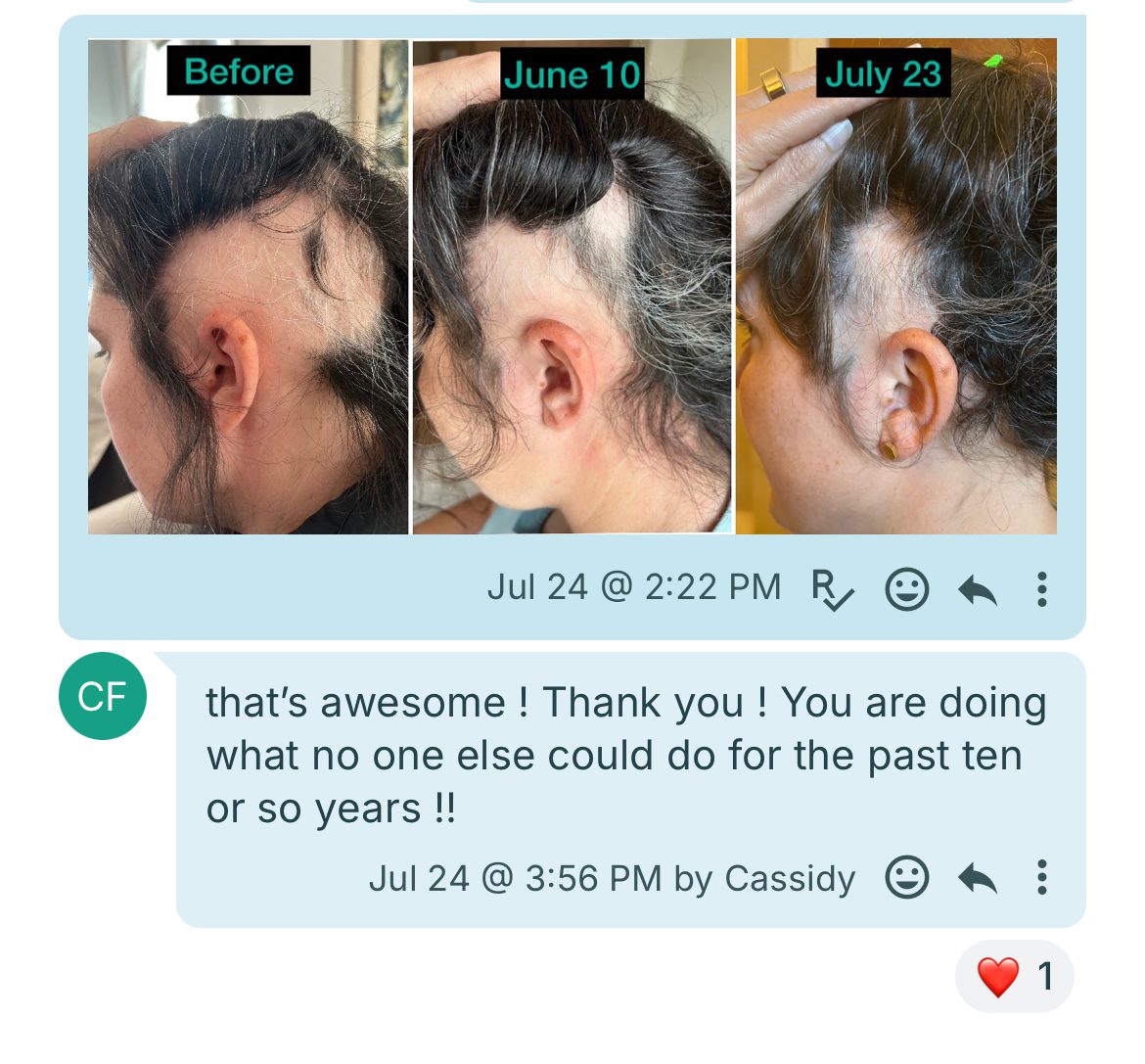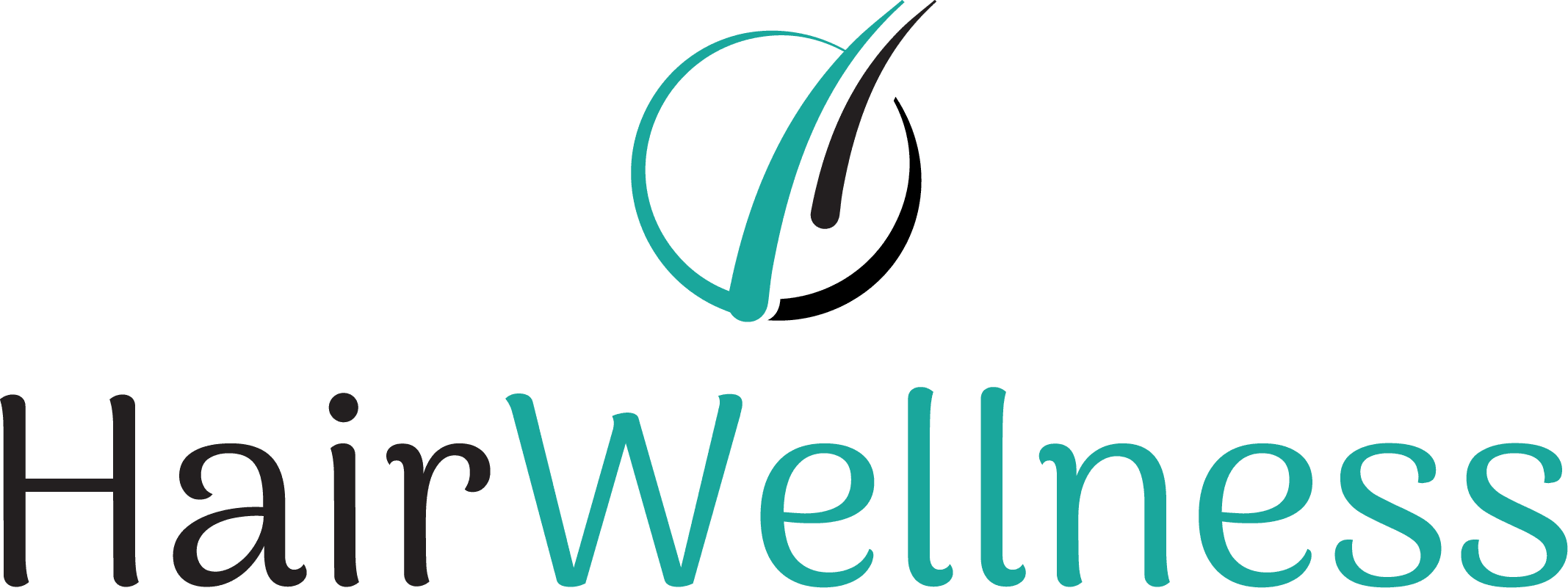
What Is Alopecia Areata?
Alopecia areata is an autoimmune condition in which the immune system mistakenly attacks hair follicles, resulting in sudden, often patchy hair loss. It can affect the scalp, eyebrows, eyelashes, or other parts of the body. Unlike some forms of hair loss that are hormonal or mechanical, alopecia areata is systemic, and deeply rooted in immune imbalance.
The condition can appear suddenly, progress unpredictably, and in some cases, spontaneously reverse. However, chronic cases or repeated episodes often indicate deeper dysregulation within the body.
Functional Medicine Perspective: Autoimmunity Starts Long Before the Patch
From a functional medicine viewpoint, autoimmunity doesn’t occur randomly. It is the outcome of immune confusion, when the body misidentifies healthy tissue as a threat. In alopecia areata, that “threat” becomes the hair follicle.
1. Gut Permeability and Dysbiosis
Over 70% of the immune system resides in the gut. When the intestinal lining becomes permeable (“leaky gut”), large undigested proteins, pathogens, or toxins enter the bloodstream, triggering immune activation. Over time, this may contribute to autoimmune patterns—including alopecia areata.
2. Chronic Infections and Immune Burden
Latent viral infections (e.g., Epstein-Barr Virus), gut parasites, mold exposure, or dysbiotic bacteria may overstimulate the immune system. This constant immune surveillance can eventually misfire, targeting the body’s own tissues.
3. Nutrient Deficiencies
Autoimmune clients often present with low levels of vitamin D, zinc, selenium, iron, and glutathione. These nutrients play essential roles in immune regulation, antioxidant defense, and epithelial (skin and follicle) integrity.
4. Stress and HPA Axis Dysregulation
Psychological and physiological stress increases cortisol and pro-inflammatory cytokines, which can accelerate autoimmune flares. Stress also disrupts the gut lining and reduces absorption of key nutrients, worsening the cycle.
Internal Protocol: Modulate, Not Suppress
Conventional medicine often turns to corticosteroids or immunosuppressants. The functional model focuses on modulation—guiding the immune system back into balance.
Functional Internal Support Includes:
- Gut Repair Protocol: Using L-glutamine, zinc carnosine, and aloe vera to restore the gut lining.
- Microbiome Rebalancing: Targeted antimicrobial herbs (oregano oil, garlic, berberine) followed by spore-based probiotics.
- Immune Nutrient Restoration: High-dose vitamin D, zinc, NAC, selenium, and omega-3s based on lab analysis.
- Adrenal Recovery: Adaptogens (e.g., ashwagandha, rhodiola) and blood sugar support to stabilize cortisol.
- Inflammation Reduction: Through dietary shifts (anti-inflammatory foods), glutathione support, and stress-reducing practices.
Personalized functional blood chemistry analysis is essential to identify the individual’s unique imbalances and guide the plan.
Trichology Protocol: External Healing with Anti-Inflammatory Precision
The scalp of someone with alopecia areata often appears normal to the naked eye, yet follicular activity is under immune assault. External care in this context should be non-aggressive, anti-inflammatory, and aimed at restoring microcirculation, oxygenation, and cellular nutrition.
At Hair & Wellness by Bissan, our Cellular Regeneration Protocol includes the following steps:
Trichology Protocol: Immune-Calming and Follicular Oxygenation
Alopecia areata requires an external protocol that minimizes local inflammation, promotes immune modulation, and gently stimulates recovery. The scalp often appears healthy but is immunologically active beneath the surface, requiring precise, non-irritating therapies.
Our autoimmune-sensitive trichology protocol includes:
Diluted PH- balancing Shampoo applied with a soft brush to cleanse the scalp without triggering flares. This step supports microbiome balance and removes potential immune triggers like product residue or debris.
Ozone therapy once weekly to enhance follicular oxygenation, reduce microbial biofilm, and support immune re-regulation at the site of auto-reactivity.
Cell Food Drops, applied to active shedding zones to improve cellular energy (ATP), amino acid delivery, and scalp recovery capacity.
Essential oil blend customized for immune support, containing frankincense, lavender, German chamomile, and rosemary, diluted in aloe vera and jojoba oil to soothe without overstimulation.
Cold laser or low-level light therapy when appropriate, used in patchy zones to increase mitochondrial activation and stimulate early regrowth phases.
Stress-aware scalp massage: Clients are taught grounding techniques during massage to calm the vagus nerve and reduce sympathetic nervous system overactivation, supporting both hair and nervous system recovery.
Clinical Outlook: Stabilization, Then Regrowth
In functional trichology, we do not promise immediate regrowth, but we focus on stabilizing the terrain. By calming the immune system, supporting cellular repair, and restoring the scalp’s environment, we increase the likelihood of natural regrowth over time.
Visible improvement often begins within 8–16 weeks, especially in clients committed to both internal and external protocols. The goal is not suppression, but realignment.
Closing Thoughts
Alopecia areata is a message, not a malfunction. It asks us to look deeper at the immune system, the gut, the stress response, and the nutrient foundation that hair depends on.
At Hair & Wellness by Bissan, our role is not just to calm the scalp, but to teach the body to remember what it means to grow, to restore, and to balance. Healing is not a quick fix. But with a root-cause approach, recovery becomes possible, not just for the hair, but for the whole system.

